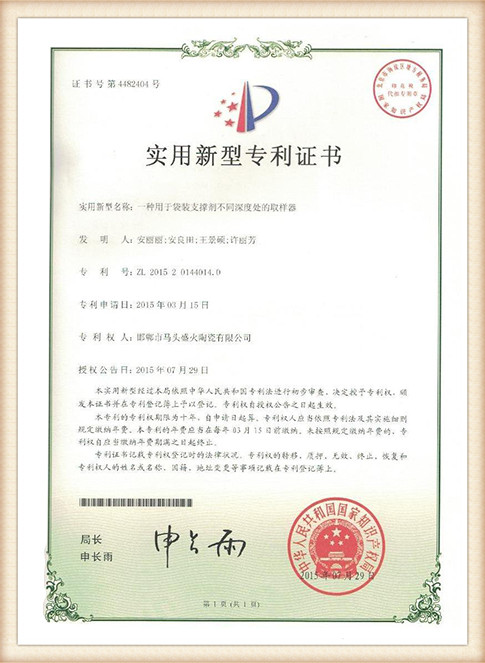Application of Sand Casting Process
Sand casting, a metal casting process characterized by the use of sand as the primary mold material, has been a vital manufacturing method for centuries. Its versatility, cost-effectiveness, and ability to produce complex shapes make it a popular choice across various industries. This article will explore the applications of sand casting, highlighting its significance in modern manufacturing.
One of the most significant applications of sand casting is in the automotive industry. The production of vehicle components, such as engine blocks, cylinder heads, and various brackets and housings, heavily relies on this casting method. Sand casting allows for the creation of intricate shapes and internal passages, which are essential for engine functionality. Due to the high strength and durability of the cast materials, components produced via this method are well-suited for the demanding conditions of automotive applications.
Application of Sand Casting Process
The construction industry also benefits significantly from sand casting. Numerous construction machinery components, such as gears, pulleys, and frames, are manufactured using this process. Sand casting allows for the mass production of sturdy and reliable components that can withstand heavy loads and harsh environments. Additionally, the process can produce large-scale items, such as decorative architectural elements or custom-made moldings, which adds aesthetic and structural value to construction projects.
application of sand casting process

Another important application of sand casting is in the production of artistic and decorative items. Sculptors and artists often use sand casting to create intricate bronze or aluminum sculptures. The process enables artists to replicate detailed designs with ease, providing a medium through which creativity can flourish. Beyond sculptures, sand casting is used to manufacture custom jewelry, trophies, and awards, demonstrating its versatility and appeal in artistic endeavors.
Furthermore, the renewable energy sector has begun to increasingly adopt sand casting for the production of components essential for sustainable technologies. Wind turbine components, such as nacelles and gearbox housings, benefit from sand casting’s ability to create robust and complex shapes necessary for high-performance applications. In addition, parts for solar energy systems, including frames and support structures, often utilize sand casting due to its efficient production capabilities.
The marine industry is another area where sand casting proves beneficial. Ship components, such as propellers, engine mounts, and hull fittings, are frequently produced using sand casting. Given the harsh environments in which marine vessels operate, the durability of sand-cast components can significantly enhance the longevity and performance of ships and other marine vehicles.
Despite the numerous advantages of sand casting, it is not without its challenges. Issues such as sand mold collapse, poor surface finish, and dimensional inaccuracies can arise if proper techniques and quality controls are not observed. Continuous technological advancements and innovations aim to address these challenges, including the development of better sand binders and improved mold designs.
In conclusion, the applications of sand casting are extensive and diverse, permeating multiple industries including automotive, aerospace, construction, art, renewable energy, and marine sectors. Its cost-effectiveness, ability to create complex shapes, and strong material properties make it an essential manufacturing process. As technologies evolve, the efficiency and quality of sand casting processes will likely improve, further solidifying its place in modern manufacturing practices. Whether used for practical components or artistic creations, sand casting remains a foundational technique that bridges traditional craftsmanship with contemporary engineering.
Post time:Th11 . 07, 2024 09:41
Next:Techniques for Smoothing and Finishing Ceramic Mugs for a Perfect Touch
